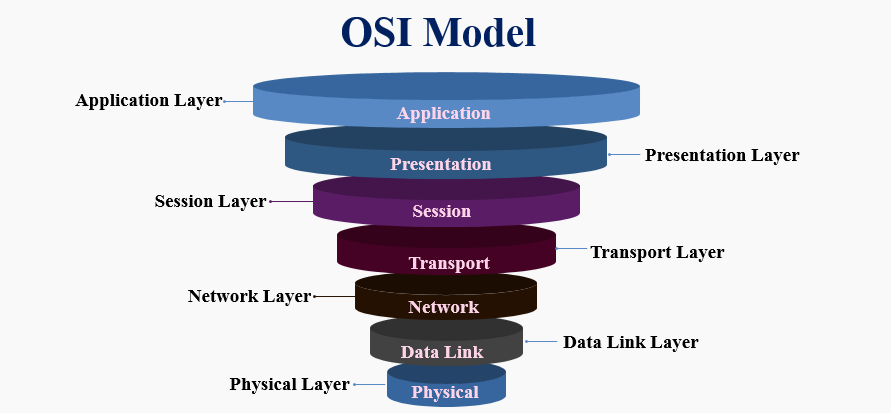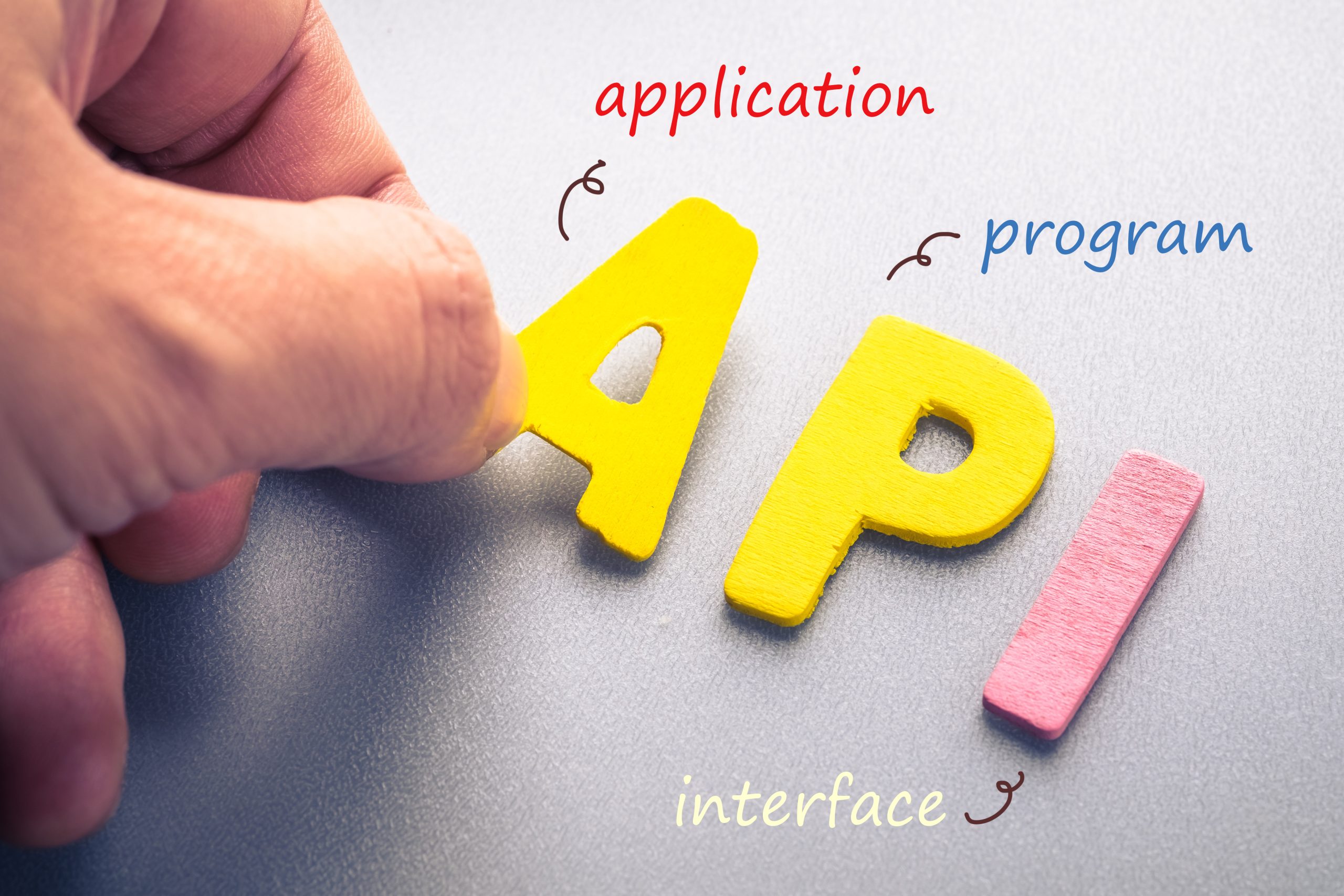This resource is designed for business or non-technical readers who might benefit from a quick overview of APIs. We cover API definition and some of the different types of API. (Technical readers, please forgive any simplifying statements that may leave out some detail during very broad generalisations.)
Developers: if you’re looking for technical resources to help with API integrations for SaaS marketplaces you’ll find more information here:
API definition
API is short for Application Programming Interface, with interface being the keyword.
Early on in the computing age many people figured out that it’s easier for computer components (hardware and software) to work together when they have a standardised interface between them. This is because since each part can evolve independently and abstract away the complexity. That pattern of thought has been replicated many times as computing technology evolves. Including the in the development of the internet, which is about seven layers all working via standardised interfaces.
APIs use the same pattern and allow for large applications (either internal or external) to transact information in a well defined environment.

Types of API
There are few different styles of APIs that have been developed and popularised over the years. A very quick (and by no means exhaustive) description is below with some useful further reading.
REST API definition
Representational State Transfer is an architectural pattern which is stateless. The server allows clients to access its resources by defining a predefined set of operations and actions. For SaaS marketplace integrations REST is the de facto “standard pattern”, along with JSON payloads that provide information for resources.
Pros of REST APIs
- Widely used in the industry.
- Very mature tools for both server and client side.
- All product companies likely already have one
Cons of REST APIs
- Very loosely standardised and leads to each provider choosing their own flavours.
- Can lead to lots of requests for finding data on relationships.
Further reading on REST APIs
SOAP API
SOAP is a communication standard that was designed to be used for communication over HTTP with an XML type of payload. It uses Web Services Description language to describe the functionalities offered by the API.
Pros of SOAP APIs
- Standardised and quite mature.
Cons of SOAP APIs
- Hard to change and evolve.
- Have fallen out of favour with major SaaS players and now only used in legacy applications
Further reading on SOAP APIs
GraphQL API definition
GraphQL is the new kid on the block and is growing in use amongst tech savvy companies. It works by allowing you to create a data graph of all the entities in your applications and being able to call that information in a flexible manner
Pros of GraphQL APIs
- Single endpoint.
- Ability to call the exact data you need.
Cons of GraphQL APIs
- Less known to engineers.
- Harder to find advanced help on topics like authorisation, caching etc.
Further reading on GraphQL APIs
Wrapping up the types of API
It’s rare that an organization decides it needs an API out of the blue — most often, organizations start with an idea, application, innovation, or use case that requires connectivity to other systems or datasets.
APIs come into the picture as a means of enabling connectivity between the systems and datasets that need to be integrated. Different types of API are useful in different scenarios and for different purposes.
For example startups can leverages API integrations for growth. The Feather case study.











